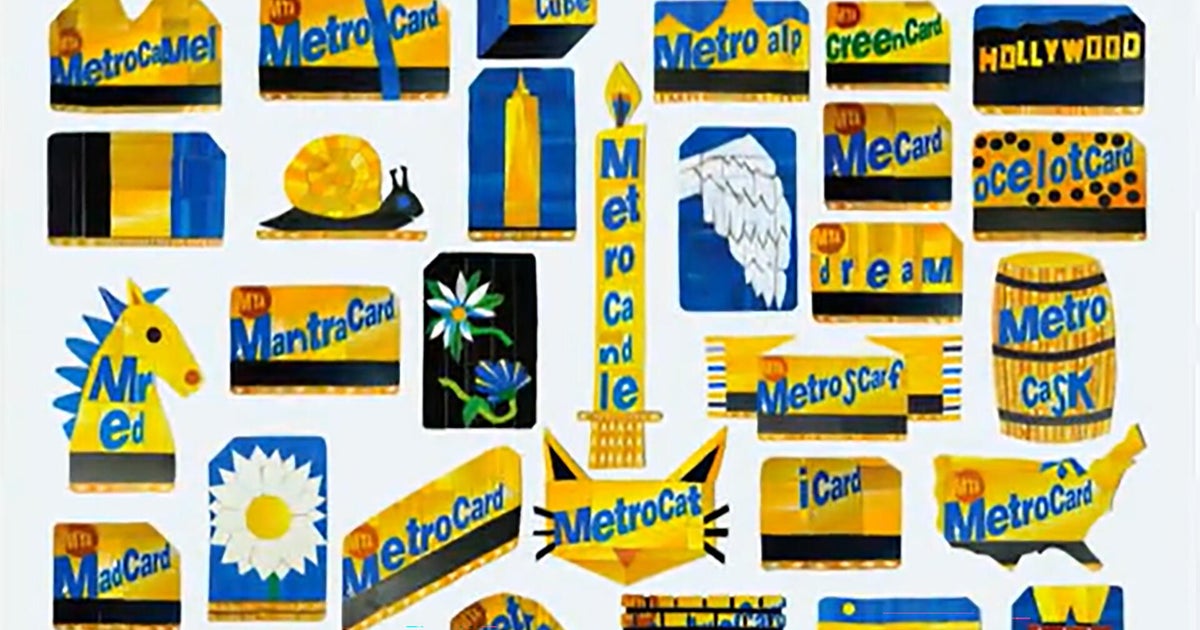September 2, 2025 — 5:00am
Forget art galleries with steep admission prices and long entry queues. The most interesting gallery you can visit in any city is completely free: the local supermarket.
I was recently in Reykjavik, the capital of Iceland, on a one-night stopover. Having a scant couple of hours before departure the next morning, I decide not to squeeze in any tourist attractions, but to take a leisurely stroll to the supermarket instead.

I wasn’t looking for a quaint farmer’s market or a grocery shop full of gourmet products. I wanted the everyday store where people bought their breakfast cereal and cleaning products.
Supermarkets at home are predictable, in terms of what they sell and how they display it – at least to us. In another country, though, they can be utterly fascinating, a glimpse into the culture of a place that you don’t discover when visiting monument after monument.
The French are first-class sensualists, and their obsession with creamy and buttery things are on display at any supermarche. There is so much dairy in their refrigerator sections that it makes one wonder where they keep all the cows. Twenty variations on creamed rice, 15 kinds of chocolate mousse, 200 yoghurts.
In Swedish supermarkets, walls are devoted to crispbread – cartwheels of crunchy bread in a huge variety of grains, seeds and flours, packaged in an array of colourful wrappings. This shows an admirable interest in health and intestinal fortitude, quite different to the French way of prioritising pleasure. The Japanese love clever cleaning products, brushes and cloths, perhaps reflecting their desire for everything to be quietly perfect.

In Reykjavik, the supermarket I visit is immaculate, gleaming and orderly. (They must stock the shelves during the midnight sun.) Among the cinnamon scrolls, tubs of blueberries and moose steaks, it is full of fish products, including slabs of fish jerky.
My next stop is Nuuk, Greenland. The small capital proudly now has a shopping mall, which contains a large supermarket, Pisiffik. Prices of fruit and vegetables in Greenland are high due to the fact it doesn’t grow anything much. But the supermarket is vast and well-stocked with pellets of packaged goods, most of it from Denmark, with which the country has an uneasy historical relationship.
But go beyond Greenland’s capital and it’s a different story. Travelling on an expedition ship, HX Expeditions’ Fridtjof Nansen, I visit far northern communities, some with a population of less than 40 people.
Unlike Nuuk, which now sees large cruise ships and has direct flights to New York, these communities only see supply ships twice a year. Because of the ice, settlements can go for six months without refreshed supplies. These are communities that exist by hunting and fishing in traditional ways, with dogsleds and harpoons. Cold storage of seal meat or fish is no problem – just put it out in the yard.
Despite this, the Pilersuisoq supermarket in Siorapaluk, the northernmost inhabited settlement, sells small refrigerators. Most of the supermarkets up here are big, corrugated-iron warehouses, where supplies are delivered in slabs. This one is smaller, like a cosy milk bar, and includes a post office.
It is stocked like a corner store, selling Coco Pops, Heinz tomato sauce and Nivea deodorant, plus appliances, warm clothing, tools, wool, sewing fabrics and lots of disposable gloves, which they wear when skinning seal, narwhal, walrus and polar bear.
Danish Lurpak butter is more than twice as expensive as it is in Australia, even though Denmark is far closer. It is summer, so supermarket shelves are about two-thirds full. In winter, I’m told, they’re almost empty. Greenlanders need to be highly self-sufficient.
There is one other point of difference to our supermarkets. Among the screwdrivers and children’s crayons, this store sells rifles. Contrary to myth, the Greenland Inuit people don’t club seals. They use guns to kill as quickly as possible, with great respect for the animal as part of their ecosystem.
Every part of the animal is used and locals’ diets, despite a lack of vegetables and being almost entirely dependent on this meat, are balanced because they eat the whole animal (except the fur, which is used for clothing and blankets.)
I wonder what Greenlanders would think of the abundance in our big supermarkets. And would they think our Vegemite is as weird as we think their seal blubber snacks?
Supermarket tourism can be quite eye-opening. Try it. It’s definitely worth the price of admission.
The writer was a guest of HX Expeditions. See travelhx.com.
Sign up for the Traveller newsletter
The latest travel news, tips and inspiration delivered to your inbox. Sign up now.
Lee Tulloch – Lee is a best-selling novelist, columnist, editor and writer. Her distinguished career stretches back more than three decades, and includes 12 years based between New York and Paris. Lee specialises in sustainable and thoughtful travel.Connect via email.

















































